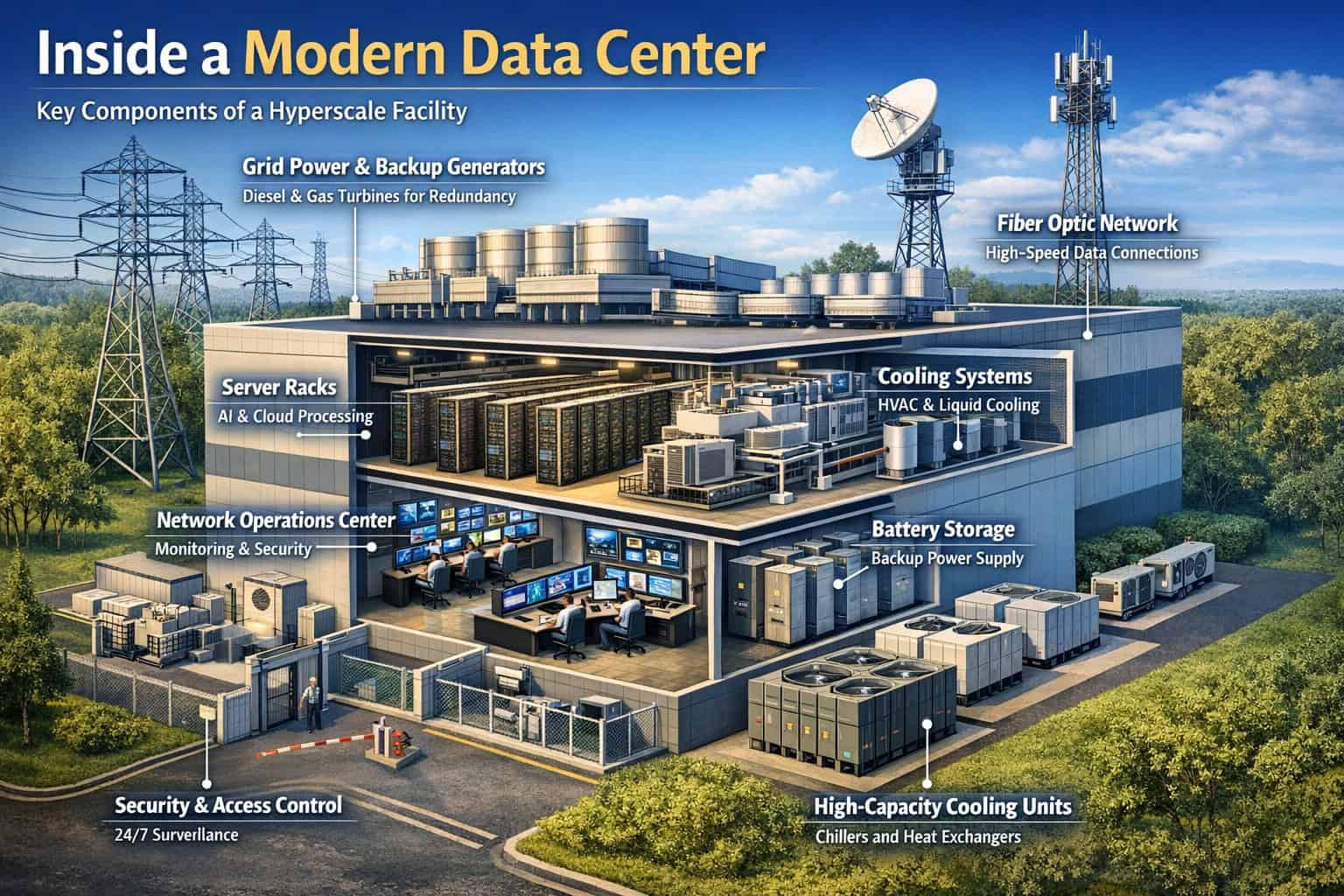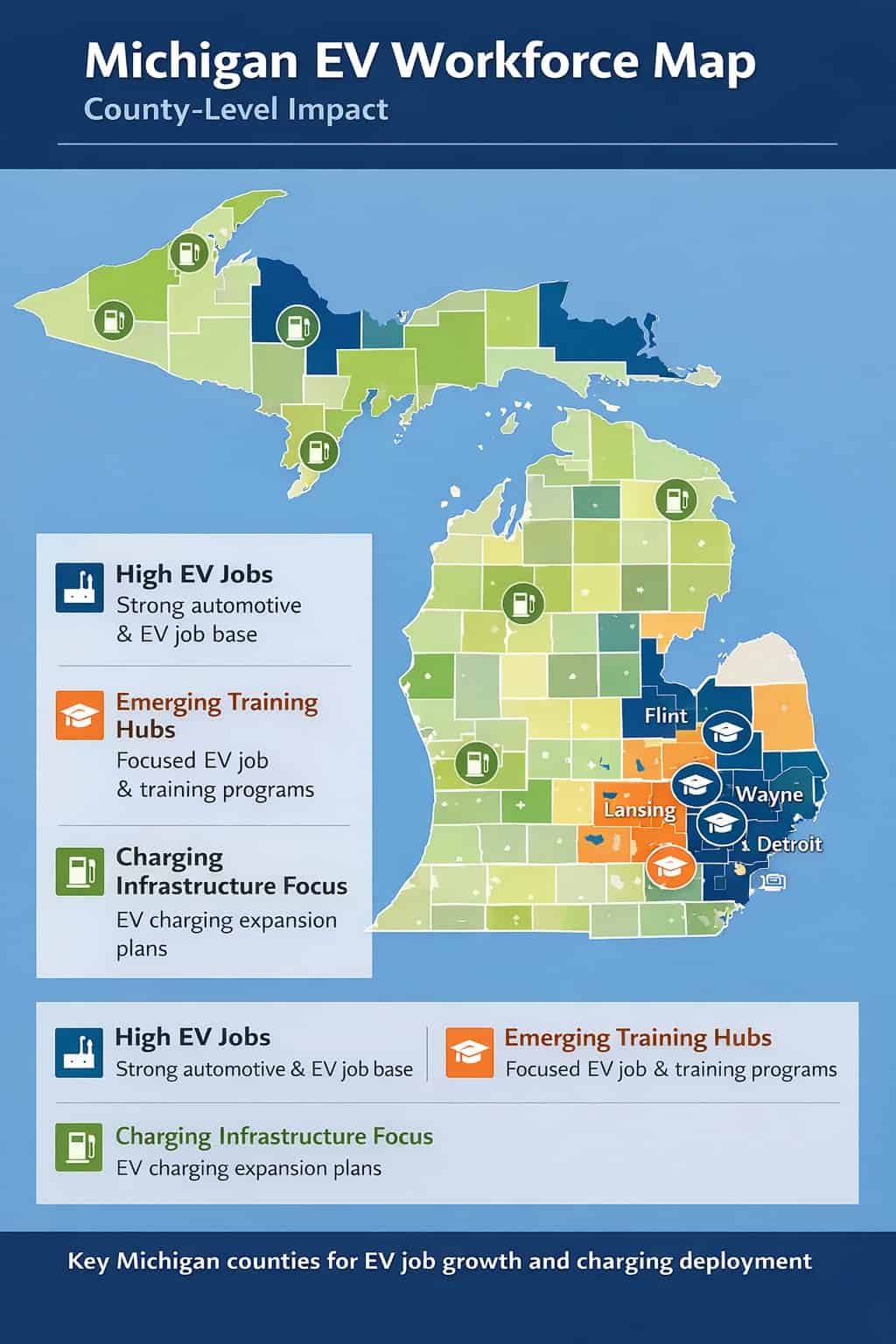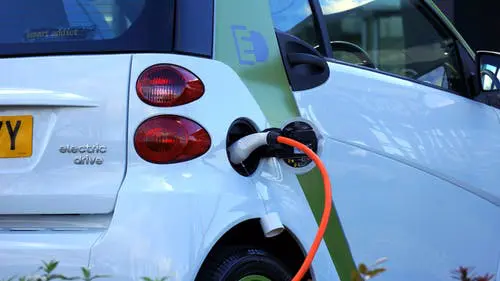DETROIT – With fossil fuel reserves like oil projected to exhaust by 2040 and the increasing concern over global warming, the need for alternative fuel sources to power automotive vehicles is more important than ever.
As the world continues to search for cleaner and more sustainable energy sources, companies like Toyota and Honda have ensured that hydrogen combustion engines are seen as a promising alternative to fossil fuels. Although once touted as a solution, despite the initial hype, the hydrogen combustible engine seems to have lost the spotlight in recent times.
Similar to conventional internal combustion engines, hydrogen combustible engines function by employing a chemical reaction to release energy from a fuel and air mixture. For generating the thrust, either liquid or gaseous hydrogen is burned inside the engine.
While the method is quite similar to how conventional internal combustion engines operate, hydrogen is used as fuel instead of fossil fuels. Since no carbon is involved, there is zero carbon emission in the whole combustion process – which is why the idea of hydrogen as a fuel source became so popular. But there’s a catch.
The basic reaction of hydrogen-combustible engines is the combination of two hydrogen molecules with one oxygen molecule to create two water molecules. While this may seem harmless since water is released as a by-product, the high temperatures involved in the process cause oxygen and nitrogen inside the combustion chamber to react with each other and form nitrogen oxides. These nitrogen oxides are harmful to the environment and can negatively impact vegetation and crop yields. As a result, although hydrogen combustion engines do not produce carbon dioxide and other harmful gasses, they cannot be considered zero-emission due to the release of nitrogen oxides.
To read more, click on Top Speed






